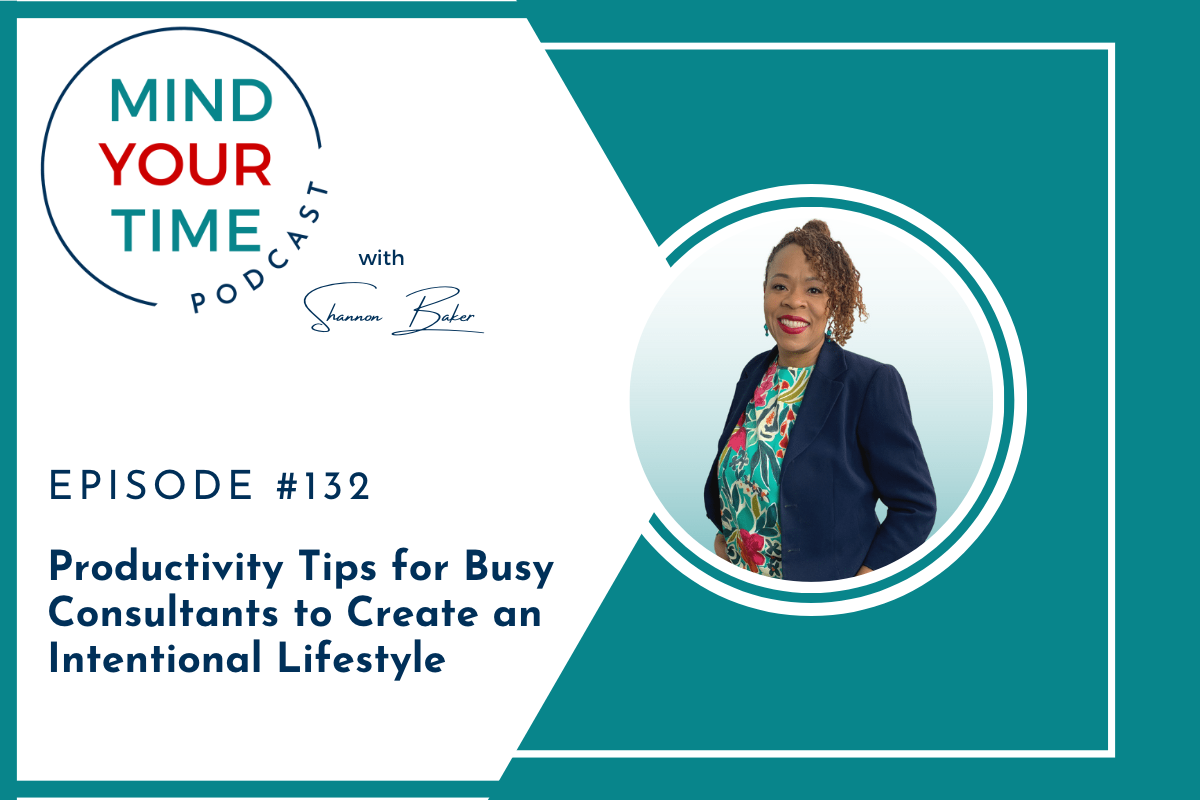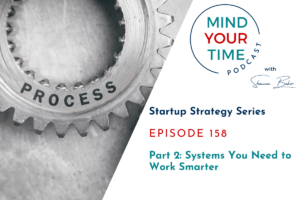I know you’re a hard worker and that you are passionate about what you do. I also know that you are dedicated to your clients, your business and your family. But sometimes you feel like you’re juggling so much that you can’t really enjoy your work and your personal life. You often find yourself having to choose one or the other.
That’s why today I’m going to talk about the three P’s of productivity with you: Prioritization, Planning, and Progress. And I’m going to share some practical tips to help you get organized so you can achieve your goals and prevent overwhelm.
I don’t know about you but sometimes I feel like I just blink and the day is gone. Most of the time I’m organized and I have a plan for the week. But I still can’t seem to get everything done. Do you find yourself feeling the same way?
This really is a common struggle because we’re all busy women juggling a business, family, some of us have day jobs and personal passions, and we should still be taking care of ourselves (which we don’t always do). But we only get 24 hours. So being intentional with our time is essential. Otherwise, we end up with a chaotic mess and a constant feeling of overwhelm. Sounds familiar, right? It can feel a lot like trying to stuff a week’s worth of groceries into a tiny purse. One of the cute ones we buy when we go to a wedding that only holds your phone and lipstick.
Well, fear not, my friend! Today, I’m going to share the three P’s of productivity with you: Prioritization, Planning, and Progress. These life-changing principles will help you get organized, achieve your goals, and take back control of your precious time. Think of it as upgrading from that tiny purse to a spacious, well-organized personalized tote bag where everything has its place and you can find it!
Why do you need to pick priorities?
Simply put, you can’t do everything. The hardest lesson to learn is that you get overwhelmed when you try to do it all. Therefore, you have to prioritize to be intentional with your time. In fact, a study by the Harvard Business Review found that professionals who prioritize their work are 1.6 times more likely to be high performers and 2.4 times more engaged in their work.
So, how can you prioritize tasks?
Imagine yourself as a gardener tending to a beautiful garden. In order to keep the garden healthy and thriving, you need to prioritize which plants need the most care and attention.
Before you start, it’s important to have a clear overview of your commitments for the next 90 days. Sit down and look at your calendar, making sure it’s up-to-date. Make a list of all personal and business events taking place, such as doctor appointments, weddings, graduations, baby showers, vacations, kids’ breaks from school, conferences, and networking events.
With your calendar in hand, pick one thing that is most important in your personal life first. This will be the driving force behind how you spend your time over the next 90 days.
Now, since spring is in full effect and I love plants let’s talk about how to prioritize tasks like a pro gardener:
Identify the “plants” in your garden: Start by making a list of all the tasks you need to complete, including work projects, household chores, personal goals, and social commitments.
Determine the needs of each plant: Assess the importance and urgency of each task by asking yourself questions like, “What are the consequences if I don’t complete this task on time?” or “How does this task contribute to my overall goals?”
Arrange the plants in order of priority: Organize your tasks with the most needy (most important) tasks first, followed by the less needy (less important) ones. This will give you a clear picture of where to focus your time and energy.
Tend to the neediest plants first: Tackle your tasks in order, starting with the neediest “plants.” By focusing on the most important tasks first, you’ll ensure that you’re making progress on the things that matter most, even if you can’t complete every single task on your list.
Adjust your gardening plan as needed: Life is unpredictable, and your priorities may shift over time. Regularly reassess your task list and adjust your priorities accordingly to stay on track and maintain a flourishing garden.
By mastering these steps and keeping your calendar in mind, you’ll become an expert at prioritizing tasks, allowing you to manage your time more effectively and achieve your goals. Now that you have your priorities, let’s talk about planning.
How can you create a simple plan and stick to it?
Having a plan reduces stress and helps you achieve your goals faster. When planning your weeks, focus on your personal priorities first because they are going to dictate what you can realistically do in your business. Then, based on your priorities, pick 1-2 tasks you can complete every day until you can check your top priority off your list. Once that is done, move on to the next priority.
Remember, it’s important to plan your week to do less and leave white space so that you can rearrange tasks when life throws you a curveball. A great planning strategy is time blocking, where you allocate specific chunks of time to different tasks. Time-blocking is basically the process of setting specific times of the day for specific tasks. It’s a way to train yourself to be more productive by doing less! You don’t even need a to-do list, which is pretty cool.
Here’s how it works: first, figure out how many hours you have each week and each day to work with. Start by creating a sandwich for your day. Identify the time you want to get up and the time you want to go to bed first. Then, block out your non-negotiables, like work, family time, and self-care. Once those are set, you can start breaking down your tasks into smaller chunks and assign them to your time-blocks.
It’s important to not assign more than three tasks per day to avoid becoming overwhelmed. And make sure to identify when you are most creative and when you are least creative to assign tasks accordingly. But as you time block your schedule I want you to remember a few things. You need to build in whitespace, especially between calls. Using an online scheduler makes this easy. Just set your scheduler to add some padding after your calls.
And this one is really important. Don’t forget to build in breaks to just move around a bit and time to eat. You need to take care of yourself and these are easy ways to do that.
It might take a little bit of time to get used to time-blocking, but give it a try for at least 90 days.
How can you tell if you’re making progress?
If you’re a perfectionist in recovery like me, you might struggle with decision paralysis and procrastination. But guess what? To overcome perfectionism, remember that small steps matter. Progress is more important than perfection.
One way I’ve been able to keep track of my progress is by writing my wins, small and big, on little note cards and pinning them to my wall of wins in my office. I write the win on the front and the date of the accomplishment on the back. All of the cards serve as physical reminders of what I’ve accomplished. This motivates me to stay focused and keep moving forward. And this is really important when your progress is at a slower pace than others.
So be sure to track your progress and hold yourself accountable. And don’t forget to celebrate small wins along the way – they’ll keep you motivated and help you enjoy the journey as well.
So there you have it, the three P’s of productivity: Prioritization, Planning, and Progress. By embracing these principles, you can transform your work-life integration for the better and achieve your goals more efficiently.
As a bonus, I want to let you in on a fantastic resource exclusively available to members of the MY-T Society membership. Inside the membership are goal setting worksheets, which not only help you set realistic goals but also includes pages for weekly planning using the time blocking tips I shared earlier. These tools will enable you to seamlessly plan your weeks, considering your personal commitments and non-negotiables, and maximize your productivity.
If you have any questions about the membership please DM me on Instagram or let me know what you think about this episode or the MY-T Society membership.
Links mentioned in this episode:
Check out the MY-T Society Membership
Let’s connect online
Connect With Me On Instagram: @the_shannonbaker





Pingback: Top Tips to Master Work-Life Integration with Digital Calendars -
Pingback: Unleashing Your Potential: Time Management Strategies for Creative Entrepreneurs -